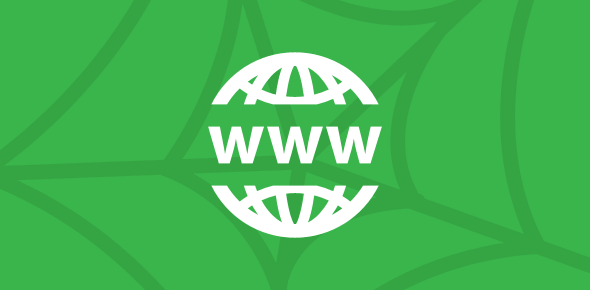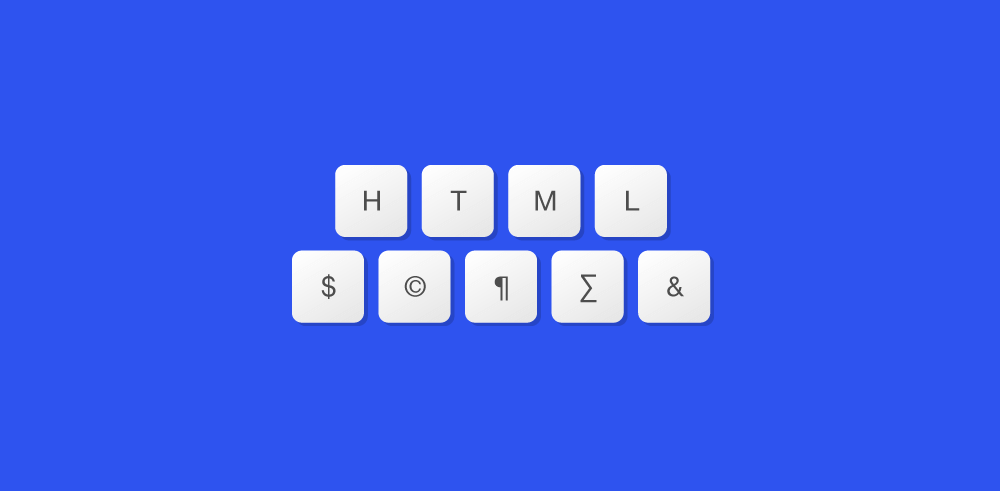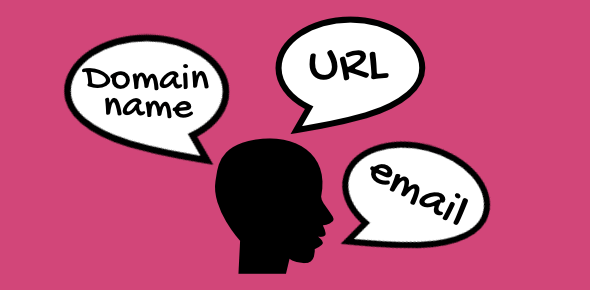The World Wide Web (also known as the Web, WWW or W3) is a system of Internet servers through which several Internet protocols can be accessed using a single interface (your browser). Almost all protocols available on the Internet are available on the Web. This creates a convenient and user-friendly environment through which email, FTP, Telnet, Usenet News etc. can be accessed.
Because of this and also because of the ability of the Web to work with multimedia and advanced programming languages, the World Wide Web has been the fastest growing and the most interesting part of the Internet.
Sponsored Links
The World Wide Web’s HTTP Protocol
Technically, the WWW and the Internet are not the same thing even though these terms are, a majority of the times, used interchangeably. The Web is actually a subset of the Internet which consists of many other things like FTP, email etc.
One of the most famous and popular protocols on the web is the HyperText Transfer Protocol (HTTP). Hypertext documents contain links that connect to other documents or files. The user can activate these links or ‘hot spots’ (through a mouse button click, for example) and the target document will then be transferred on to the client machine and if it’s a web page, it would be displayed in the browser. These ‘hot spots’ are created using the HyperText Markup Language (HTML) and can be placed as text, pictures etc. A single HyperText document can contain many such hyperlinks. Because of all this “linking”, a virtual web of connections is created.
Web Pages are created with HTML
HTML files or web pages are plain text (ASCII) files with a lot of tags. These tags are the building blocks of HTML. The tags help in structuring a document and displaying visual features such as font size, color, italics etc. The tags are also used in creating hyperlinks and embedding images, sounds, video and other multimedia content. HTML tags come in pairs (most of the times); there is a starting and a closing tag. Tag names and tag attributes are enclosed in < and > signs.
Let us look at a simple tag – The Bold tag that displays text in bold.
The starting bold tag is <B> and the ending tag is </B>. Any text enclosed between these is rendered (displayed) in bold by the browser. Remember all closing tags have the extra slash (/).
Web Browsers
Though the World Wide Web is a part of the Internet, it serves as an important interface through which all of the net can be accessed. This interface to the Internet is the browser. The browser displays the HTML files using the instructions in the tags. In addition, the browser can also display images and video.
The web has grown tremendously over the few years and provides a vast range of experiences including video, multimedia presentations, real-time collaboration, interactive pages, radio and television broadcasts. With the use of programming languages such as JavaScript, VBScript, Perl, PHP, ASP, Java, VRML, the functionality of the web is being increased. The pages on the web can also be linked to databases to provide dynamic content to the visitor. This feature attests the active and energetic nature of the web.






